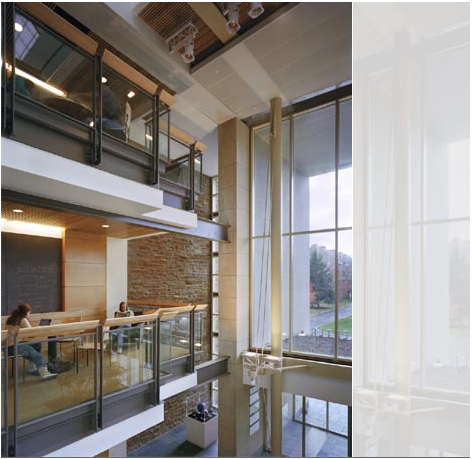Summer Research
* Student(s): Lucas Thornblade
Advisor: William Pfitsch
Title: Photosynthetic, Physiological, and Morphological Plasticity of Lupinus Perennis to Light Gradients Within a Heterogeneous Canopy
Abstract:
The wild blue lupine (Lupinus perennis) is the host plant for both the federally endangered Karner blue butterfly (Lycaeides melissa samuelis) as well as for the rare frosted elfin butterfly (Callophrys irus). Habitat for the lupine is in decline with the influx of later succesional species and closure of the forest canopy. Understanding lupine?s photosynthetic plasticity to a changing light habitat has implications in the effort for habitat restoration and management for the butterflies.
We gathered data on the light regime from the canopy through hemispherical photo analysis for plots of lupine in the Rome Sand Plains (Rome, NY). Leaf samples were collected for photosynthetic rate measurements with an o2 electrode. We also measured stomatal density, specific leaf area, total percent nitrogen, and total percent carbon of lupine.
Lupinus perennis has the ability to acclimate to both high and low light habitats by either increasing or its photosynthetic rate, leaf thickness, and photosynthetic enzyme with increased photon flux density and canopy openness. Though there was consistent increase in mass based photosynthesis with increased light, there was not a correlation with percent nitrogen by mass. Further investigation of the photosynthetic enzyme will help explain the plant?s flexibility. Understanding the method by which primary successional species such as lupine respond to varied habitats is important in relating their environmental needs to those of linked species in their ecosystem.
Research by LT supported by the Ralph E. Hansmann Science Student Support Fund.


